Introduction
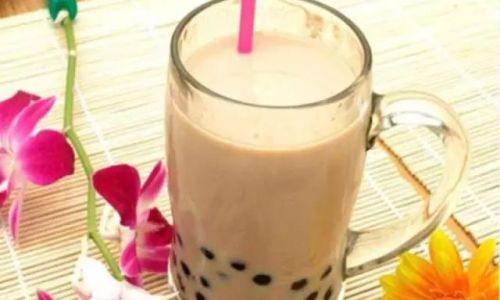
Milk tea, a beloved beverage across various cultures and generations, combines the creamy richness of milk with the aromatic and often sweet flavors of tea. Whether enjoyed as a refreshing pick-me-up in the morning, a soothing afternoon treat, or a comforting nightcap, milk tea offers a versatile and delightful experience. While commercial milk teas are readily available, making your own at home allows for customization, ensuring fresh ingredients, and a personal touch. This guide will walk you through the process of crafting delicious milk tea using fresh milk, highlighting key steps, tips, and variations to suit your taste preferences.
Understanding the Basics
Before diving into the recipe, it’s essential to understand the fundamental components of milk tea: tea, milk, and sweeteners. The quality of each ingredient significantly impacts the final flavor.
-
Tea: Choose a tea that complements your taste buds. Black tea is classic and robust, green tea offers a fresh and slightly grassy flavor, while oolong or pu-erh teas provide unique and complex notes. Herbal teas like chamomile or peppermint can also be used for a non-caffeinated option.
-
Milk: Fresh, whole milk is recommended for its rich, creamy texture and natural sweetness. However, alternatives like almond milk, oat milk, soy milk, or coconut milk can cater to dietary preferences or add unique flavors.
-
Sweeteners: Sugar, honey, maple syrup, or agave nectar can be used to sweeten your milk tea. The amount will depend on your personal preference for sweetness.
Equipment Needed
- Kettle or pot for boiling water
- Teapot or heatproof container for steeping tea
- Measuring cups and spoons
- Saucepan or microwave for heating milk
- Whisk or spoon for mixing
- Strainer (optional, if using loose-leaf tea)
- Cups and straws or spoons for serving
Step-by-Step Recipe: Classic Milk Tea
Step 1: Prepare the Tea
-
Boil Water: Fill your kettle or pot with fresh, cold water and bring it to a boil. The quality of water can affect the taste of your tea, so use filtered water if possible.
-
Measure Tea: Depending on the strength you prefer, use about 2-3 grams of loose-leaf tea or one tea bag per 8 ounces (240 milliliters) of water. If using loose-leaf tea, place it in a teapot or a heatproof container with a strainer. If using tea bags, simply place them in the container.
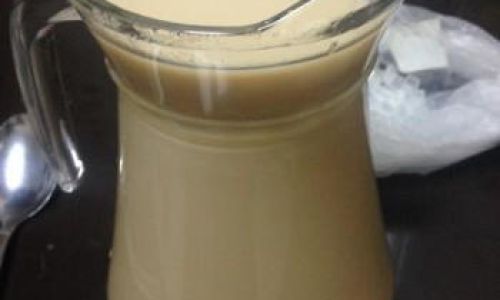
-
Steep the Tea: Pour the boiling water over the tea leaves or tea bag. Allow the tea to steep for 3-5 minutes. The longer you steep, the stronger the tea will be. If you prefer a lighter tea, steep for a shorter time.
-
Remove Tea Leaves: If using loose-leaf tea, strain out the leaves using a strainer. For tea bags, simply remove them from the water.
Step 2: Heat the Milk
-
Measure Milk: Pour 4-6 ounces (120-180 milliliters) of fresh milk into a saucepan or microwave-safe container. Adjust the amount based on how creamy you like your milk tea.
-
Heat the Milk: Place the saucepan on medium heat and gently warm the milk, stirring occasionally to prevent scorching. Alternatively, use a microwave to heat the milk in short intervals, stirring after each, until it reaches your desired temperature. Avoid boiling the milk as it can curdle or change its texture.
Step 3: Combine Tea and Milk
-
Pour Tea into Milk: Gradually pour the steeped tea into the heated milk, stirring constantly to blend well. This ensures a smooth and uniform mixture.
-
Adjust Sweetness: Taste your milk tea and add sweetener to taste. Start with a small amount and gradually increase until you reach your desired level of sweetness. Remember, the tea and milk will already have some natural sweetness.
Step 4: Serve and Enjoy
-
Pour into Cups: Pour the milk tea into your favorite cups. Add ice cubes if you prefer a chilled drink, or serve it hot if that’s more to your liking.
-
Garnish (Optional): Enhance your milk tea with toppings like whipped cream, a sprinkle of cinnamon or nutmeg, or a slice of lemon or orange peel for an added touch of flavor and presentation.
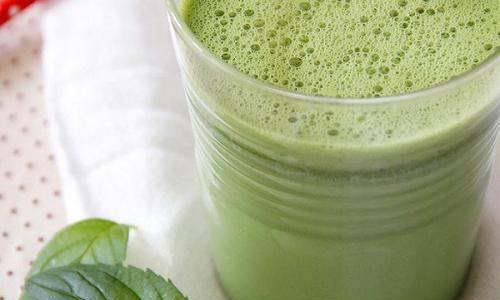
Variations and Customizations
Milk tea is incredibly versatile, allowing for endless customization. Here are some popular variations to inspire your creativity:
-
Flavored Teas: Use flavored tea bags or loose-leaf teas like vanilla, chai, or earl grey to add complexity to your milk tea.
-
Spices and Herbs: Incorporate spices like cinnamon, cardamom, or ginger for a warm and spicy twist. Fresh herbs like mint or basil can also add refreshing notes.
-
Milk Alternatives: Experiment with plant-based milks for a vegan or dairy-free option. Each type of milk will bring its unique flavor and texture to the milk tea.
-
Syrups and Extracts: Use flavored syrups like caramel, vanilla, or honey to sweeten and flavor your milk tea. Extracts like almond or rose can also add subtle and elegant notes.
-
Bubbles and Boba: Add tapioca pearls (boba), jelly, or other toppings like pudding, grass jelly, or even fruit chunks for a textured and satisfying experience.
-
Iced and Blended: For a refreshing iced milk tea, pour the prepared tea and milk mixture over ice. For a smoothie-like consistency, blend the tea, milk, and ice together with your favorite fruits or sweeteners.
Conclusion
Making milk tea at home is not only rewarding but also allows for endless customization to suit your taste preferences. By following the basic steps outlined in this guide and experimenting with various ingredients and techniques, you can create a myriad of delicious milk tea flavors. Whether you’re looking for a classic comfort or an adventurous new taste, crafting your own milk tea ensures a fresh, personalized, and delightful beverage experience. Enjoy the process and savor each sip!
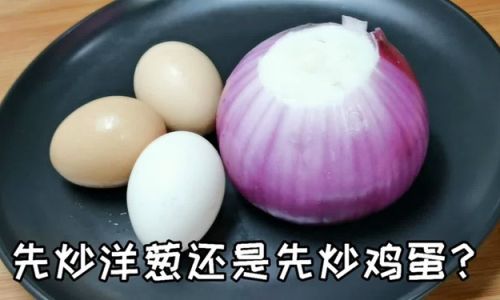
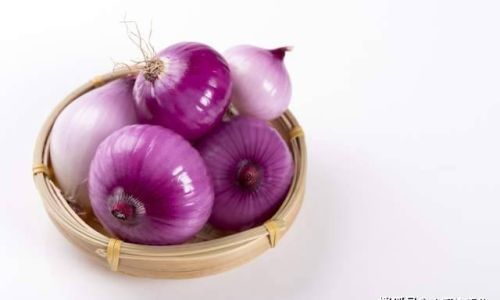

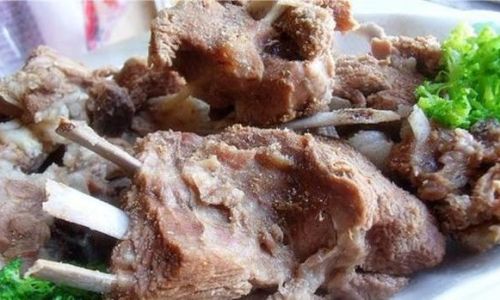
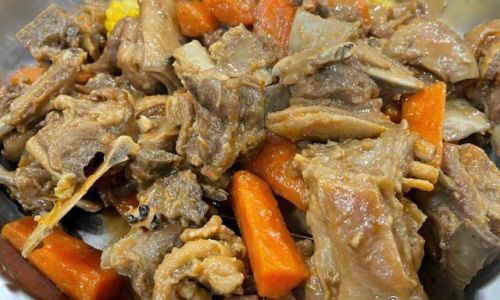
0 comments